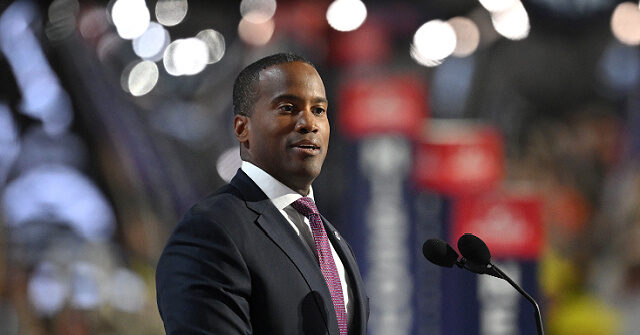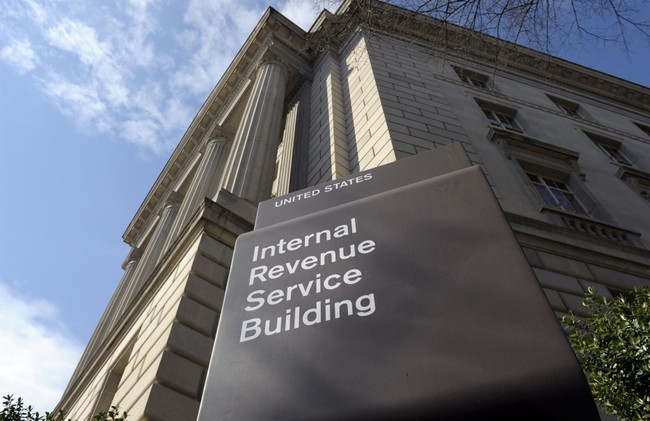One of the worst habits of Australia’s political journalists is angrily demanding economic modelling of climate policies and then blankly refusing to interrogate them. The requested presence of a big PDF provides a neat little escape from thinking critically about a problem like climate change, a crisis truly unsuited to the habits and desires of political journalism.
There is a long-running precedent for engaging with climate through the economic modelling frame. Ahead of the 2019 federal election, a weary Bill Shorten was hounded by then Channel Ten (now Sky News Australia) reporter Jonathan Lea, who demanded to see “costings” for Labor’s emissions reduction target of 45% by 2030. Lea’s questions triggered a sort of flocking behaviour from other journalists and a slew of articles admonishing Labor for not “costing” its policy.
Fast forward six years and the ABC’s David Speers is worried that Peter Dutton hasn’t released any detail on his claim that reserving gas domestically and opening up a raft of new gas fields will bring down prices. “There’s still no press release, let alone any modelling, to explain exactly how this ‘gas reservation’ policy will work”. Shadow energy minister Ted O’Brien has been hounded, repeatedly, on when the Coalition will release its modelling.
Everyone needs to take a pause and ask why exactly we want to see an 80-page PDF filled with charts, numbers and jargon. Is it a meaningful or useful window into the way that climate policies manifest in human society? What the hell do you get out of that document?
As the Australia Institute’s Richard Denniss wrote a decade ago, the entire concept of economic modelling is deeply flawed.
In most cases, economic modelling isn’t used to help us understand the costs and benefits of major projects or policy changes. It is used to conceal them. Rather than outline and discuss the wide range of winners and losers, debate the pros and cons, and make transparent decisions, economic modelling allows all of the messy bits to be hidden.
What is clear from experience is that these modelling exercises generate a sheen of false precision and faux-empiricism.
The way it works — and the way it’ll work with Dutton’s gas modelling — is a PDF is emailed around to journalists who are both unwilling and incapable of interrogating the underlying assumptions and calculations. The big headlines (“COALITION GAS POLICY WILL CUT GAS COSTS BY $200 BILLION”, or something) are put online and printed on paper before the first sip of morning coffee — and well before any actual expert can pick it apart.
When modelling is done right, it’s presented with care and caveats: huge error bars reflecting the inherent uncertainty of the future dominate presentation. But that is rarely how it plays out. After modelling is demanded by journalists and provided by politicians, it spawns furious debates, each jailed narrowly in the cage imagined by the modellers.
The Coalition’s modelling of its nuclear policy, for instance, was written by Frontier Economics, shared as a PDF, and came packed with a bunch of wild assumptions (such as the collapse of the aluminium manufacturing sector). It has spawned endless discourse around whether the modelling accurately reflects the real costs of capping renewable energy and relying on fossil gas and nuclear power.
But all this is taking place after the Coalition spent almost a decade doing literally nothing to legalise nuclear power in Australia, with zero real signs it would do anything different if elected. Climate critics and advocates alike ended up debating the narrow specifics of something that simply won’t ever happen. That’s the cage at work.
Labor’s oft-repeated promise to cut power bills by precisely $275 by 2025 was drawn from modelling by Reputex, published at the end of 2021. The gas-induced power price crisis obviously played a major role in denying that eventuality, but it’s worth noting that renewable energy in the National Electricity Market is also far lower than what Reputex assumed it would be: 39% at the end of 2024, rather than just above 50% as assumed in its 2021 report.
That is really a material difference:
While Labor’s “Capacity Investment Scheme” has breathed a bit of life back into renewable energy construction, it didn’t come soon enough to maintain the industry’s rapid pace during the latter years of the renewable energy target scheme. That delay caused a dip in new clean energy in the middle of Labor’s first term, and a stagnation in the once-rapid increase in clean energy percentage in Australia’s grid (and the first systemic rise in power grid emissions since the Abbott years).
This is interesting. But instead of any deep analysis of why Labor’s modelling didn’t come true, we get big, dumb, trebuchet-launched “broken promise” talking points hurled across the media.
Duttons’ gas policy modelling will find that opening up a raft of new fossil gas fields and reserving a small volume of gas for domestic consumption will cause an unbelievably steep drop in the price of gas, flowing through to lower household energy costs. The same three experts will be called upon to raise their eyebrows, and voters will slide into an election more uninformed than they were before the campaign.
This is reflective of a broader trend in which misleading information takes on the form and aesthetics of peer-reviewed and carefully controlled research. There are references, charts, acronyms and jargon: it feels like science.
Generative machine-learning tools like ChatGPT have been a boon for disinformation that targets people who self-identify as “smart” — that is, someone who reads research papers and knows how numbers work. That is why an Australian anti-wind group used a generative tool to fabricate an entire scientific paper claiming offshore wind kills whales. I recently helped a Canadian journalist unspool a bucket of machine-generated slop about Norway’s fossil gas reliance — sent into their paper by a prominent local official.
It matters what policy a party takes to an election. But this ritual of warring PDFs steers the debate away from meaningful interrogation and towards faux-empiricism and the illusion of investigation. The real scientific and engineering value of modelling is mimicked and then twisted to a professional class that maintains a self-image of hard-headed rationality.
Watch the dynamics of coverage of Dutton’s gas modelling. When it’s released, you’ll see what I mean.
Have something to say about this article? Write to us at letters@crikey.com.au. Please include your full name to be considered for publication in Crikey’s Your Say. We reserve the right to edit for length and clarity.





















Discussion about this post